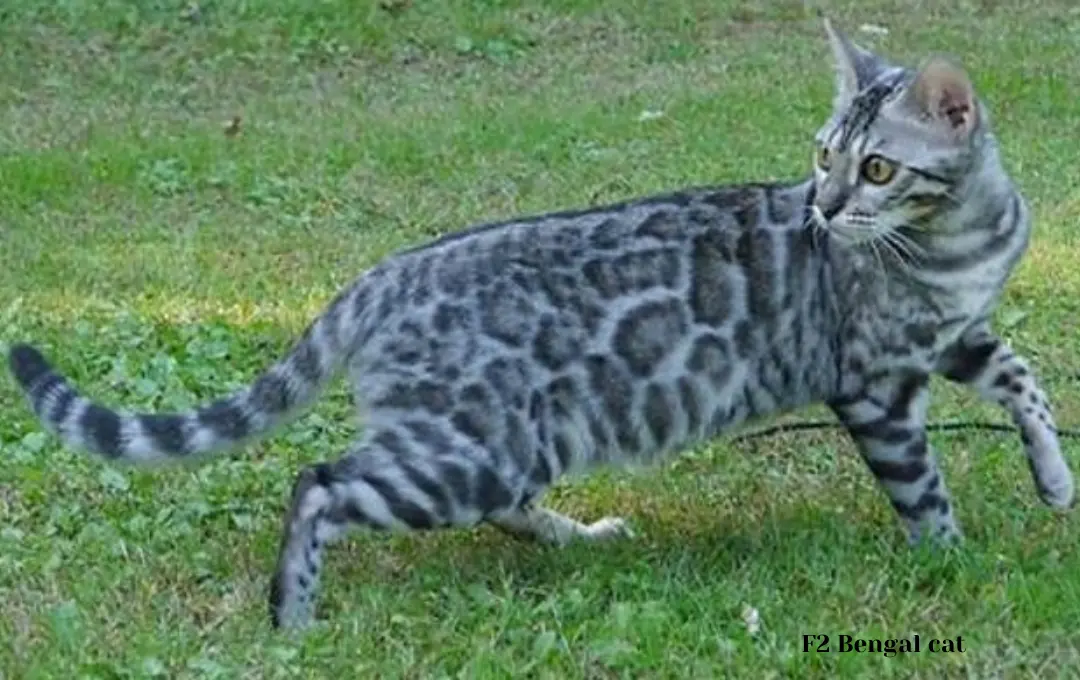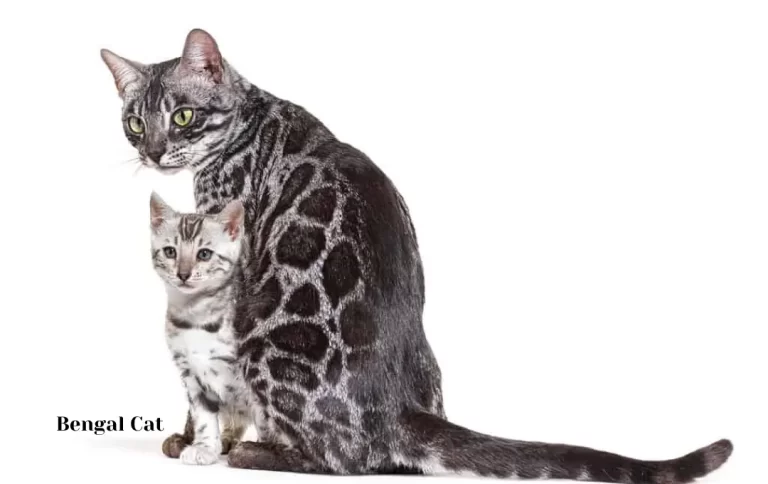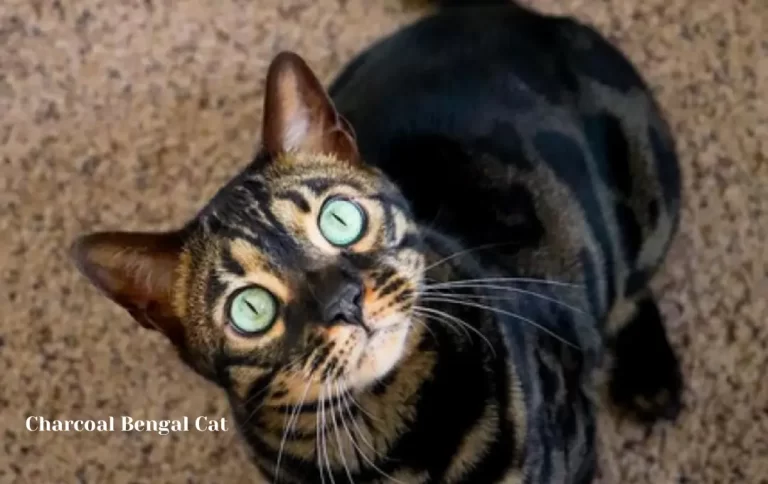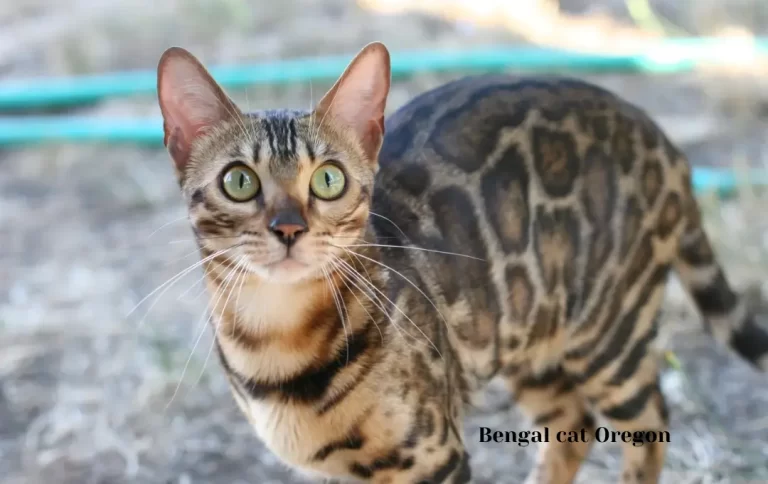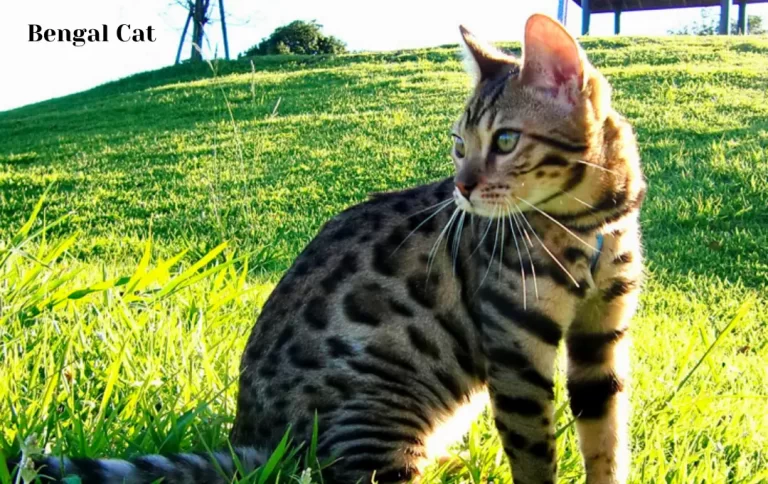Affordable F2 Bengal cat price | How Much do Bengal Kittens Cost in 2023?
Bengal cats have won over cat lovers all over the world with their wild appearance and vivacious dispositions. F2 Bengals are among the generations of Bengal cats that have a particular place in the hearts of many cat enthusiasts. This essay will explore the world of F2 Bengal cat prices, examining what makes them special and why they are so in demand.
Knowing F2 Bengal Cats
To comprehend the allure of F2 Bengal cats, it’s essential to first understand the concept of Bengal cat generations. Bengal cats are bred by crossing domestic cats with the Asian leopard cat, a small wild feline native to Asia. The result of these breedings produces various generations of Bengal cats, each represented by an “F” number.
Bengal cats from the second generation are referred to as F2, or “Filial 2,” for short. The normal breeding of an F1 Bengal (a first-generation Bengal with a direct wild ancestry) and a domestic Bengal (an F4 or beyond) results in the birth of these cats. F2 Bengals have distinctive traits that mark them apart from earlier Bengal generations thanks to this special lineage.

Why Are F2 Bengals So Desirable?
F2 Bengal cats are highly desirable for several compelling reasons:
Striking Aesthetic Resemblance
F2 Bengals inherit a significant amount of their wild ancestor’s physical traits, including stunning rosette spots and a sleek, muscular body. Their coat patterns often closely resemble those of the Asian leopard cat, making them incredibly eye-catching. These cats exude an exotic allure that many cat owners find irresistible.
Playful and Energetic Personality
F2 Bengals are known for their boundless energy and inquisitive nature. They are adventurous and love to explore their environment, keeping their owners entertained with their playful antics. Their lively personalities make them engaging companions for those who lead an active lifestyle and can provide the necessary stimulation.
Strong Bond with Owners
Despite their wild appearance, F2 Bengal cats can form strong bonds with their human families. They are affectionate and often enjoy spending quality time with their owners. Their loyalty and willingness to interact make them wonderful pets for those seeking a loving feline companion.
Conversation Starters
Owning an F2 Bengal cat often leads to intriguing conversations with friends and strangers alike. Their unique heritage and striking appearance make them excellent conversation starters, allowing their owners to share their passion for these magnificent creatures.
Bengal Cat Generations
Bengal cats are a fascinating breed with a rich history, and understanding their unique generational hierarchy is essential for anyone considering bringing one into their home. In this section, we will explain the concept of Bengal cat generations and shed light on the distinctive qualities that make F2 Bengal cats stand out.
Explaining Bengal Cat Generations
Bengal cat generations are sometimes identified by the “F” marking, which stands for “Filial.” Based on their ancestry, this approach aids in classifying and defining the Bengal cat lineage. Here is a quick summary of the significant Bengal cat generations:
F1 Bengal Cats: These are first-generation Bengal cats. They are the offspring of a domestic cat bred with an Asian leopard cat, the wild ancestor of the Bengal breed. F1 Bengals have a direct wild lineage, which means they have the closest genetic connection to their wild ancestors. They often display a more pronounced wild appearance with distinct spots and rosettes.
F2 Bengal Cats: Second-generation Bengals are known as F2 Bengals. They are the offspring of an F1 Bengal and a domestic Bengal (usually an F4 or beyond). F2 Bengals inherit a substantial amount of their wild ancestry, which contributes to their striking appearance and unique characteristics.
F3, F4, and Beyond As Bengal cats are bred with domestic Bengals over successive generations, they become increasingly removed from their wild ancestry. F3 Bengals are the offspring of F2 Bengals, and F4 Bengals are the offspring of F3 Bengals, and so on. With each generation, Bengal cats become more domesticated, while still retaining some of the exotic traits that define the breed.
F2 Bengal Cats: What Sets Them Apart?
F2 Bengal cats are the focus of our discussion in this article due to their intriguing position within the Bengal cat generational hierarchy. Here’s what sets F2 Bengal cats apart from other generations:
Closer Wild Ancestry:
F2 Bengals have a more direct link to their wild ancestor than later generations. This means they retain a higher percentage of the Asian leopard cat’s genetic influence, resulting in a distinctive appearance that often includes bold rosette spots, a rich coat pattern, and a lean, muscular build.
Exotic Appearance:
Their striking appearance is a hallmark of the F2 Bengals. Their coat patterns and colors closely resemble those of their wild ancestors, making them visually captivating. Owners often admire their feline companions for their unique, almost “mini-leopard” appearance.
Energetic Personality:
F2 Bengal cats inherit a playful and energetic disposition. They are known for their love of physical activity and their enthusiasm for playtime. Their active nature means they require ample mental and physical stimulation, making them ideal for owners who can provide engaging environments.
Strong Instincts:
F2 Bengals often retain more of the wild instincts of their ancestors. This can manifest in behaviors like hunting, climbing, and exploring. Providing them with opportunities to express these instincts, such as through interactive toys and climbing structures, is essential for their well-being.
Factors Affecting F2 Bengal Cat Prices
The F2 Bengal cat price can vary significantly from one individual to another. Several factors come into play when determining the cost of these exotic feline companions. In this section, we’ll explore the key factors that influence the pricing of F2 Bengal cats.
Breeder Reputation
The value of an F2 Bengal cat is significantly influenced by the breeder’s standing and reliability. Reputable breeders provide their cats with high-quality care, making sure they receive the right nourishment, medical attention, and socialization. They also give their animals a secure, clean habitat and follow moral breeding procedures.
Well-known and respected breeders often charge higher prices for their Bengal kittens because they have established a track record of producing healthy, well-socialized cats with desirable traits. The peace of mind that comes with buying from a reputable breeder is an invaluable consideration for many prospective Bengal cat owners.
Pedigree and Bloodlines
The pedigree and bloodlines of an F2 Bengal cat are essential factors in determining its price. Cats with prestigious lineage, including ancestors with show titles or notable achievements, are typically more expensive. Pedigree documentation provides evidence of a cat’s ancestry and confirms its purebred status.
Bengal cats with impressive pedigrees may command higher prices, especially if they are descended from renowned breeding lines. Buyers interested in participating in cat shows or breeding their Bengals may place a premium on cats with exceptional bloodlines.
Coat Pattern and Color
The coat pattern and coloration of an F2 Bengal cat significantly influence its price. Bengal cats come in various coat patterns, including rosettes, marbles, and spots, with a range of colors from brown and silver to snow and charcoal. Cats with intricate and well-defined coat patterns, especially those resembling the wild appearance of the Asian leopard cat, tend to be more expensive.
Rare coat colors or patterns, such as snow Bengals, which have lighter fur with unique markings, can also command higher prices. The preference for certain coat traits varies among buyers, so the value of these features is subjective.
Health and Vaccination Records
The health and vaccination records of an F2 Bengal cat are crucial considerations for buyers. Cats with up-to-date vaccinations, regular veterinary check-ups, and a clean bill of health typically have higher price tags. Healthy cats are more likely to lead long, fulfilling lives and require fewer medical expenses.
Reputable breeders provide comprehensive health records and ensure that their kittens receive appropriate vaccinations and preventative care. Buyers should request these records and review them carefully to ensure the well-being of their potential furry family member.
Age of the Cat
The age of the F2 Bengal cat can also affect its price. Kittens are often more expensive than adult cats, as they require more time, care, and resources from the breeder. However, adult cats may come with the advantage of being already socialized and trained, making them suitable for families or individuals seeking a more settled pet.
Buyers should consider their preferences and lifestyle when deciding on the age of their Bengal cat. Factors such as the availability of time for training and the desired level of playfulness can influence this decision.
Average Cost of F2 Bengal Cats

How long does an F2 Bengal cat live?
Bengal cats have an average lifespan of 12–16 years. They’re a relatively healthy breed but are prone to some genetic health conditions. Therefore, you might want to consider purchasing cat insurance for your Bengal kitten.
The cost of acquiring an F2 Bengal cat can vary widely based on several factors, including breeder reputation, pedigree, coat pattern, and geographic location. In this section, we will provide an overview of the average cost and price range of F2 Bengal cats, as well as explore potential regional price variations.
F2 Bengal cat price
F2 Bengal cat prices often range from $2,000 to $5,000, sometimes even more. It’s crucial to remember that costs for cats with remarkable pedigrees, eye-catching coat patterns, or distinctive colorations may exceed this range. The range’s breakdown is as follows:
Low-End Range (Approximately $2,000 – $3,000): F2 Bengal cats at the lower end of the price spectrum may come from reputable breeders who prioritize the health and well-being of their cats but may not have as extensive pedigrees or unique coat patterns. These cats can still make wonderful pets and exhibit many of the typical F2 Bengal traits.
Mid-Range (Approximately $3,000 – $4,500): Most F2 Bengal cats fall within this price range. Cats in this category often have well-documented pedigrees, striking coat patterns, and good overall health. They are suitable for families or individuals looking for a high-quality Bengal companion.
High-End Range (Approximately $4,500 and above): Cats at the higher end of the price spectrum are often those with exceptional pedigrees, show-quality traits, or rare coat colors. These cats may be sought after by Bengal enthusiasts, breeders, or individuals interested in participating in cat shows.
Are There Regional Price Variations?
Yes, there can be regional price variations when it comes to F2 Bengal cats. Factors such as the cost of living, demand for Bengal cats in a particular area, and the availability of reputable breeders can influence prices. Here are some regional considerations:
Urban Areas and Major Cities: In densely populated urban areas and major cities, where demand for Bengal cats is often higher, prices may be slightly elevated compared to rural areas. Access to reputable breeders and a larger pool of potential buyers can contribute to higher prices.
Rural and Less Populated Areas: In rural or less populated regions, prices may be relatively lower due to reduced demand and potentially fewer breeders. Buyers in these areas may find more competitive pricing for F2 Bengal cats.
Geographic Location: Prices can also vary by country or region. For example, Bengal cat prices may differ between the United States, Europe, and other parts of the world. Importing a Bengal cat from another region can incur additional costs, including shipping and import fees.
It’s important for prospective Bengal cat owners to research breeders in their specific area and be prepared for potential price variations. Regardless of location, it’s crucial to prioritize reputable breeders who prioritize the health and well-being of their cats and provide proper documentation of lineage and health records.
Finding a Reputable Breeder
When searching for an F2 Bengal cat, it’s essential to find a responsible and reputable breeder to ensure the health and well-being of your future feline companion. Here are some tips for identifying a responsible breeder and a list of questions to ask before making your purchase.
Tips for Identifying a Responsible Breeder
Check Credentials and Affiliations:
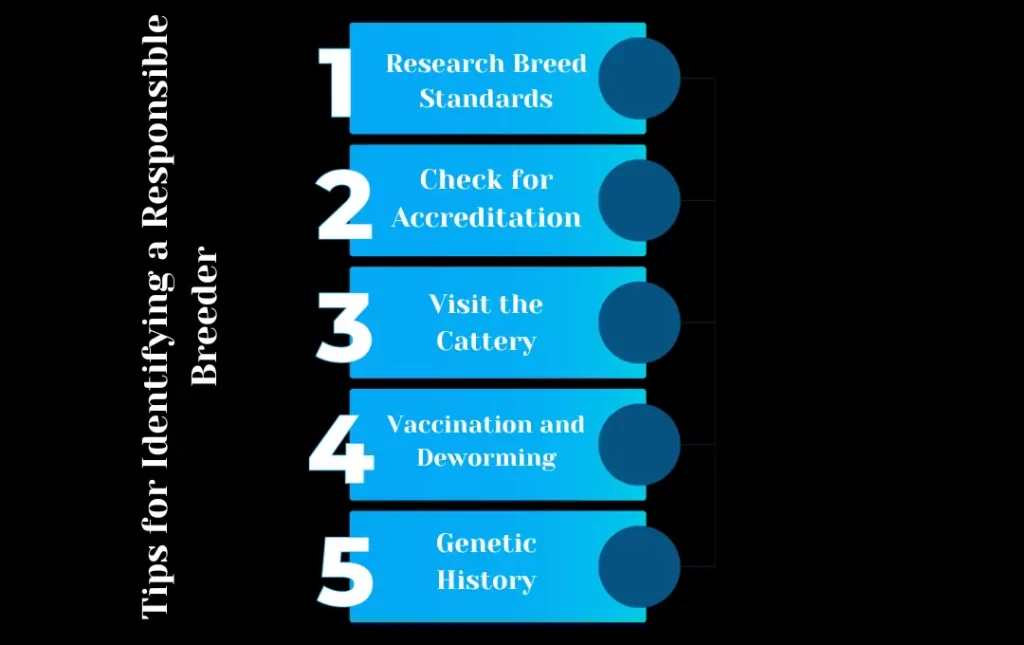
Look for breeders who are registered with recognized Bengal cat breeding associations or clubs, such as The International Bengal Cat Society (TIBCS). Membership in such organizations often indicates a commitment to ethical breeding practices.
Visit the Breeder in Person:
Whenever possible, visit the breeder’s facilities in person. This allows you to assess the living conditions of the cats, ensuring they are kept in a clean and healthy environment.
Ask for References:
Request references from previous buyers who have acquired cats from the breeder. Contact these individuals to inquire about their experiences and satisfaction with the breeder’s kittens.
Review Health Records:
Ask the breeder for comprehensive health records for the kittens and their parents. This should include vaccination records, deworming history, and any relevant health testing results.
Inquire About Socialization:
Responsible breeders prioritize socialization, ensuring that kittens are exposed to human interaction and various environments from a young age. Ask how the breeder socializes their kittens.
Discuss Breeding Goals:
Talk to the breeder about their breeding goals and objectives. A reputable breeder should be able to articulate their commitment to improving the Bengal breed and maintaining its health.
Visit the Cats’ Living Conditions:
Inspect the living conditions of the adult cats, as they can reflect the breeder’s dedication to animal welfare. Cats should have clean enclosures and access to fresh water and nutritious food.
Ask About Guarantees and Contracts:
Inquire about the breeder’s policies regarding health guarantees and contracts. Reputable breeders often offer guarantees against genetic diseases and provide written contracts detailing expectations for both parties.
Additional Costs and Considerations
Acquiring an F2 Bengal cat involves more than just the initial purchase price. There are ongoing expenses and important considerations to ensure your new feline family member has a safe and comfortable home. In this section, we’ll explore the additional costs and preparations you should be aware of.
over and beyond the initial purchase cost
Veterinary Care:
Regular veterinary check-ups, vaccinations, and preventive care are essential to keep your F2 Bengal cat healthy. Budget for routine vet visits and be prepared for unexpected medical expenses.
Food and Nutrition:
High-quality cat food tailored to your Bengal’s specific dietary needs is crucial for their well-being. Consider both the cost and nutritional value when selecting food. Be prepared to budget for ongoing food expenses.
Grooming Supplies:
Bengal cats are typically low-maintenance when it comes to grooming, but you may need basic grooming supplies like a brush and nail clippers.
Litter and Litter Box:
Purchase a suitable litter box and cat litter. Regularly changing the litter is important for hygiene.
Toys and Enrichment:
Bengal cats are playful and need mental stimulation. Invest in toys and interactive games to keep them engaged and prevent boredom.
Cat Furniture and Scratching Posts:
Bengals enjoy climbing and scratching. Provide cat trees, shelves, and scratching posts to satisfy their natural instincts and prevent them from damaging your furniture.
Pet Insurance:
Consider pet insurance to help cover unexpected veterinary expenses. Research and select a plan that suits your needs and budget.
Microchipping and Identification:
Microchip your Bengal cat for identification and safety. Collars with identification tags are also advisable.
Training and Behavior Classes:
Invest in training and behavior classes if needed. Proper training can address behavioral issues and help your Bengal adjust to your home.
Preparing Your Home for an F2 Bengal Cat
Safe Space:
Create a safe and comfortable space for your Bengal cat. Remove hazards such as toxic plants, and small objects they could swallow, and secure cords to prevent chewing.
Secure Windows and Balconies:
Bengals are known for their climbing abilities. Ensure windows and balconies are secure to prevent accidental falls.
Cat-Proofing:
Cat-proof your home by securing cabinets, and outlets, and keeping toxic substances out of reach.
Provide Environmental Enrichment:
Bengals need mental and physical stimulation. Offer climbing structures, puzzle toys, and opportunities for interactive play.
Grooming Area:
Set up a grooming area with a brush and nail clippers for occasional grooming needs.
Litter Box Placement:
Place the litter box in a quiet and accessible location. Keep it clean to encourage consistent use.
Introduce Slowly:
If you have other pets, introduce your Bengal cat gradually and under supervision to ensure a smooth transition.
Time and Attention:
Bengal cats thrive on human interaction. Allocate time for play, cuddling, and bonding.
Establish a Routine:
Create a routine for feeding, playtime, and sleep to provide structure and comfort to your Bengal.
Remember that each Bengal cat has its unique personality and needs, so be prepared to adapt and tailor your home and care to your specific cat’s requirements. Investing in their well-being and providing a stimulating environment will help ensure a happy and healthy life for your F2 Bengal cat.
Alternatives to Purchasing
While purchasing an F2 Bengal cat from a breeder is a common way to acquire one, there are also alternative options that not only provide loving homes for cats in need but can also offer potential savings and numerous benefits. In this section, we’ll explore adoption and rescue options for F2 Bengal cats and discuss the advantages of choosing this path.
Adoption and Rescue Options
Animal Shelters and Rescues:
Many animal shelters and rescue organizations have Bengal cats and other exotic breeds available for adoption. These cats may have been surrendered by their previous owners or rescued from challenging situations.
Bengal-Specific Rescues:
Some rescue organizations specialize in Bengal cats and focus on finding them forever homes. These rescues often have a deep understanding of the breed’s needs and behaviors.
Breed-Specific Forums and Groups:
Online communities and forums dedicated to Bengal cats sometimes have listings for Bengal cats in need of new homes. This can be an option for those looking to adopt directly from individuals.
Potential Savings and Benefits
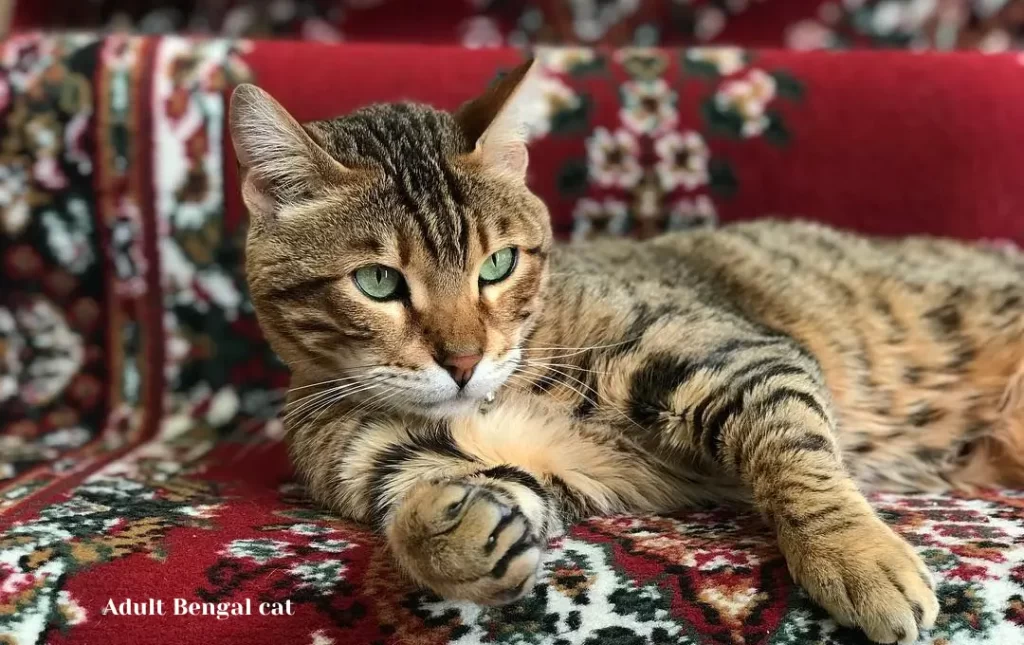
Cost Savings:
Adoption fees are typically much lower than the purchase price from a breeder. You can often find a loving Bengal cat in need of a home at a fraction of the cost.
Giving a Home to a Cat in Need:
Adoption provides a loving home to a cat in need. Many cats available for adoption are wonderful pets who, for various reasons, find themselves without homes.
Supporting Rescue Efforts:
When you adopt from a shelter or rescue, you are supporting their efforts to rescue and care for animals in need. Your adoption fee often goes toward the organization’s mission.
Pre-Trained and Socialized Cats:
Some adopted Bengal cats may already be trained and socialized, making the transition to your home smoother and potentially saving you time on training.
Adult Cats Available:
While kittens are adorable, there are often adult Bengal cats available for adoption. Adult cats may be a better fit for individuals or families looking for a more settled pet.
Mixed Breeds and Unique Personalities:
In addition to purebred Bengals, shelters may have Bengal mixes and cats with unique personalities waiting for a loving home. These cats can make wonderful companions.
Health and Behavioral Assessment:
Shelters and rescues typically assess the health and behavior of their cats before adoption. This information can provide peace of mind about your new cat’s well-being.
Community and Resources:
Adopting a Bengal cat can connect you with a supportive community of fellow cat enthusiasts and resources for Bengal-specific care and advice. When considering adoption or rescue, it’s essential to research shelters and organizations carefully, visit their facilities, and ask questions about the cats available for adoption. By choosing this alternative to purchase, you not only provide a loving home to a cat in need but also enjoy the many benefits of adopting a Bengal cat.
frequently asked question
Conclusion
In conclusion, a number of variables, including a breeder’s reputation, pedigree, coat pattern, health, and geographical variances, affect the cost of an F2 Bengal cat. When making the decision to adopt an F2 Bengal cat into your home, it is crucial to comprehend these elements and give serious consideration to your budget and tastes.
Although F2 Bengal cats can be expensive, cat lovers are drawn to them because of their appealing looks, amusing personalities, and intriguing lineage. It’s crucial to keep in mind that the expense of buying a cat is only a small portion of the full cost of cat ownership. Your budget needs to account for ongoing costs like veterinarian care, feeding, grooming, and enrichment.

